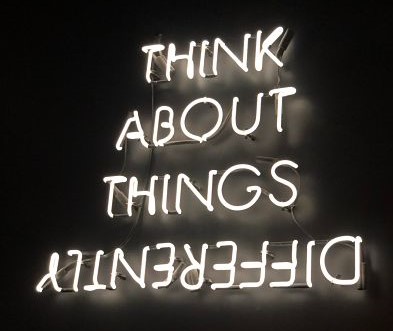 When we learn any new skill, we inevitably bring our habits of learning to the process. These habits vary but common ones include:
When we learn any new skill, we inevitably bring our habits of learning to the process. These habits vary but common ones include:
- Wanting to ‘be the best’ or just to ‘get it’
- ‘Trying hard’
- Fear of ‘getting it wrong’ or failing
- Impatience
- Preconceived ideas and attitudes (e.g. ‘I’m a quick/slow learner’)
Some of these attributes are actively encouraged in our culture but what may not be immediately obvious is that all of them are actually barriers to learning.
Learning the Alexander Technique teaches us how to learn. It provides us with a fresh approach to learning that can be applied to anything. Through it, we develop a better understanding of ourselves, and are empowered with a positive means of change. Learning becomes easier and more enjoyable when you use an Alexander approach. It brings an attitude of playful exploration and being willing to ‘get it wrong’.
You can read here about how I applied the Alexander Technique to learning how to ride a horse. Learning such practical skills also becomes safer through improved self-awareness, movement coordination and balance. More than this, we re-prioritise our attitudes so that our health and wellbeing becomes more important than gaining the specific goal in question – so it helps us get away from our tendencies to fixate on the desired end result while simply putting increasing amounts of (perhaps useless) effort into trying to achieve it. Instead, putting the Alexander Technique into practice provides an effective means for achieving our goals but not at any cost. Perhaps paradoxically, this leads to more effective learning over the long term.
We can apply the Alexander Technique to the learning process regardless of how ‘practical’ or ‘theoretical’ the new skill may appear to be. Whatever we’re learning, we can’t help but bring our whole embodied self to the process. Even if we’re learning maths or theoretical physics, it’s never just our ‘minds’ that are involved. On a very simple level, if we’re hunched up over the laptop, completely absorbed in the words or equations on the screen, we’re unlikely to be aware that our breathing has shallowed or that we keep holding our breath, or that all our internal organs are being compressed by our stooping – none of which is conducive to optimal oxygen levels reaching the brain. Indeed, it’s hard to think creatively when engaged in such a concentrated focus of attention. More generally, it’s now recognised that learning is improved when people are active rather than sedentary, by engaging the whole self in the process, and that movement coordination in children affects their longer-term intellectual development.1 The Alexander Technique further enhances the learning process through greater self-awareness and more coordinated working as a mind-body whole.
Of course, whatever our particular learning habits are, we will also bring them to the process of learning the Alexander Technique. So, it’s hard for most people not to ‘try and get it right’. Alexander lessons are usually centred around carrying out simple everyday actions, such as sitting and standing, and these activities are often done slowly to allow awareness and other conscious thinking skills opportunity to develop. But, even in this ideal learning scenario, it still takes time to integrate sufficient Alexander thinking skills to free ourselves sufficiently from unhelpful learning habits. However, after a certain amount of progress, we reach the stage of self-teaching and it can then become a rewarding life-long process of self-discovery.
The playwright, George Bernard Shaw, who had lessons with FM Alexander himself, famously once said ‘Ah yes, the Alexander Technique, it’s very simple – but it’s not easy!’ Part of the reason it’s not easy is the barrier of our existing habits of learning. So at the beginning it’s hard not to ‘try and get it right’, and then not to try harder when we realise the scale of the challenge.
Gradually though, with the help of a teacher, we can let go of some of these habits and allow a joyful learning process to unfold.
- See for example, Sian Beilock’s book How the body knows its mind (Robinson, London 2015), which describes a raft of research showing how learning is enhanced through action in both adults and children.